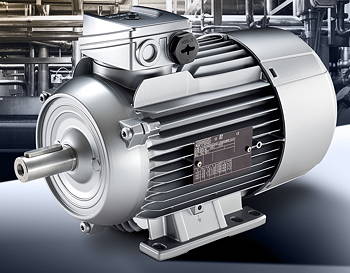- Home » News » World News
Lack of enforcement and exemptions sustain IE1 motor sales

Standard-efficiency IE1 motors still represent a significant portion of revenues in low-voltage (LV) motor markets that are meant to be moving to to higher efficiencies under government mandates.
New analysis by IMS Research, now part of IHS, suggests that he fact that new regulations are not being enforced is artificially extending the availability of motors that are no longer supposed to be sold.
The analysis indicates that IE1 is still the dominant motor efficiency class in the European Union and South Korea, despite these markets being more than two and six years, respectively, into the transition to IE2 machines. A similar trend working against high-efficiency motors can be found in all regulated motor markets around the world, it adds.
IHS estimates that the global IE1 LV motor market was worth $7.5bn in 2012, representing 60% of the total regulated LV motor market by revenues.
Regulatory exemptions that allow lower-efficiency motors to be produced beyond the dates stated in the legislation have slowed the turnover of both annual sales and the global installed base of motors to IE2 or above, the report says. This has “greatly impeded” high-efficiency motors from gaining market traction, and has “significantly” diluted revenue growth in the global LV motor market.
“From an energy efficiency standpoint, this is the most exciting time in the industrial motors market in the last 20 years,” says IHS senior analyst for motors and mechanical power transmission, Mark Meza. “However, obtaining the lowest-cost solution on the front-end, rather than considering the overall cost of ownership of the motor, is still the market reality, despite regulatory efforts to rebalance this dynamic.”
Exemptions pertaining to a motor’s defined purpose and its operating environment – namely temperature, elevation and duty cycle – are being exploited to circumvent the original intent of the legislation, IHS suggests.

It says that the fact that no enforcement action is being taken when the regulations are not followed is extending the availability of motors that are no longer supposed to be sold.
In the past, before there was a widespread focus on energy efficiency, a CAGR (compound annual growth rate) of 2–3% was the norm for average selling prices (ASPs) for LV motors.
If the energy efficiency regulations were being implemented as intended, the CAGR for ASPs should be at least 5–6% during a typical four-to-five year transition period to higher efficiency motors, IHS says.
“The prevalence of exempted lower-efficiency motors in the market beyond reasonable phase-out periods greatly reduces the revenue growth potential that could be realised by motor manufacturers,” Meza comments. “The market reality is that the lowest-cost motor is still king, despite energy-efficiency regulations coming into effect, and the potential savings in lifetime operating costs they were intended to foster.”





